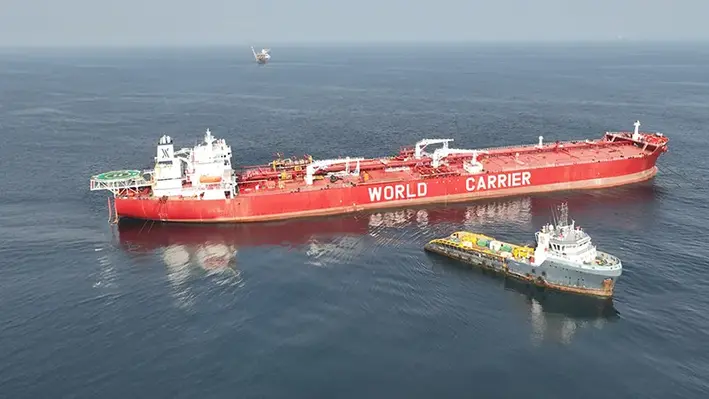
 To reach optimised production results, Vaalco Energy has begun the spudding of the ET-15 infill well on the Etame platform as part of Phase Three Drilling Programme offshore Gabon.
To reach optimised production results, Vaalco Energy has begun the spudding of the ET-15 infill well on the Etame platform as part of Phase Three Drilling Programme offshore Gabon.
This infill well is anticipated to significantly add to the production generation capacity of the floating storage and offloading vessel (FSO) that is operational on the Etame Block since 2022 following an extensive transition and field reconfiguration process. While a low cost solution, the FSO boasts of a high storage capacity and improved operational performance. It has helped Vaalco reach operational excellence, and production uptime and enhancement.
George Maxwell, Vaalco’s Chief Executive Officer, commented, “We are excited to commence our drilling campaign in offshore Gabon and are beginning the near-term series of value creation catalysts that we outlined to the market in our Capital Markets Day presentation this past May. The drilling rig arrived in late November, and we have spud our first well, the ET-15. We are initiating the programme at the Etame platform with this infill well and the pilot holes. After drilling at the Etame platform, we expect to move the rig to the SEENT and Ebouri platforms where we have several wells and workovers planned to enhance production, lower costs and potentially add reserves. As we enter 2026, with major projects underway in both Gabon and Côte d’Ivoire, we are looking to drive meaningful growth that we believe will translate into value for our shareholders for the remainder of the decade.”
As previously announced, the Company secured a drilling rig in December 2024 in conjunction with its Phase Three Drilling Programme, with an affiliate of Borr Drilling.
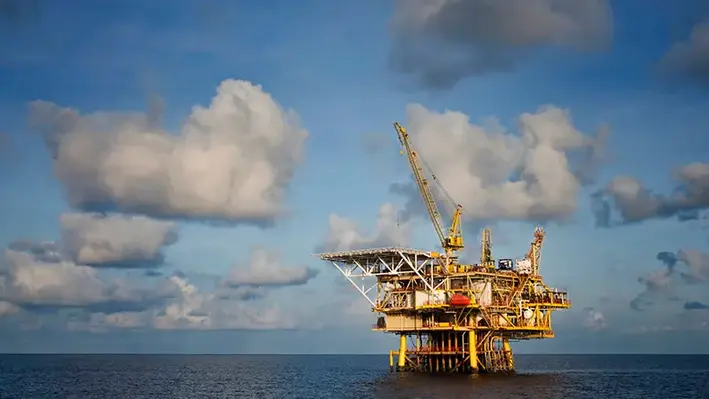
 The International Well Control Forum (IWCF) has introduced a new assurance framework designed to ensure that non-accredited training adheres to the highest standards, establishing a benchmark to enhance safety across the global oil and gas sector
The International Well Control Forum (IWCF) has introduced a new assurance framework designed to ensure that non-accredited training adheres to the highest standards, establishing a benchmark to enhance safety across the global oil and gas sector
Quality Assured provides a flexible, independent endorsement for well control training outside IWCF’s accreditation scope, offering providers and employers confidence in the quality, structure, and relevance of their programmes.
Zdenek Sehnal, CEO of IWCF, said: “Through Quality Assured, we’re committed to ensuring the highest standards in well control training, providing consistency and empowering professionals. This goes beyond compliance; it’s about giving the sector confidence in the training they are investing in and supports a culture of continuous development and accountability across the oil and gas industry, where well control incidents can have far reaching impact on life and reputation.”
The framework consists of nine standards, covering all aspects from course design and delivery to assessment, digital learning, and on-the-job training. Each standard includes defined criteria that providers must satisfy to achieve Quality Assured status.
IWCF will initially roll out Quality Assured in four categories:
The Well Academy, based in Apeldoorn, The Netherlands, participated in the Quality Assured trial. Jan Willem Flamma, Director of Training, said: “We were thoroughly impressed with the Quality Assured feedback from IWCF. The report on our Stuck Pipe Prevention & Recovery course went far beyond a simple evaluation, providing a true partnership in quality.
“The detailed strengths and constructive recommendations will be invaluable in helping us elevate our course materials and delivery, reinforcing our commitment to delivering high quality training and supporting continuous improvement for our learners.”
Training providers and employers will receive a 12-month endorsement, with the possibility of renewal if Quality Assured standards continue to be met. This initiative will support vital risk reduction across the sector.
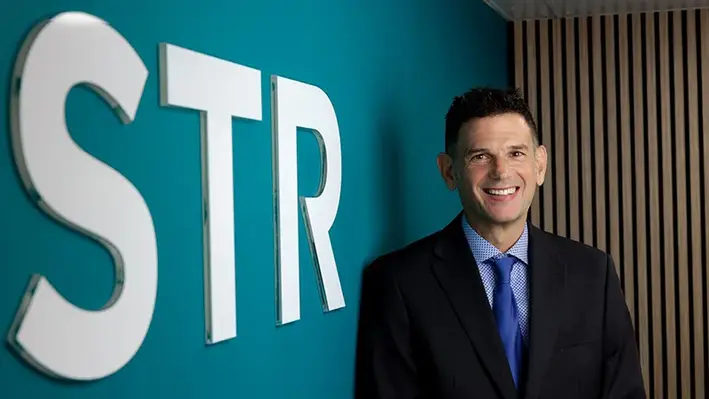
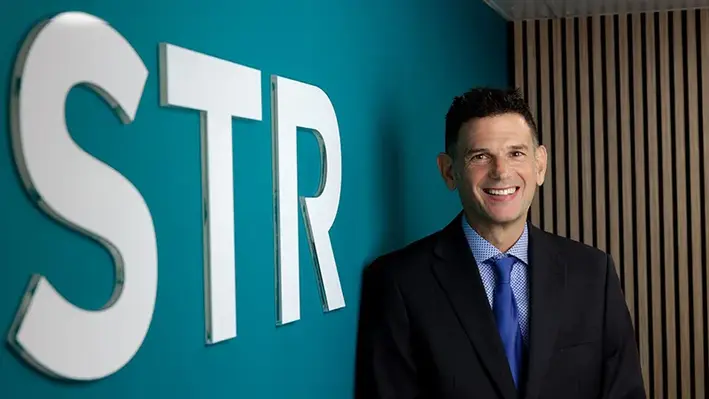 With a special focus for expansion across Africa and Europe, Subsea Technology & Rentals has made a fresh appointment of a regional director to address strategic growth and full field development experience
With a special focus for expansion across Africa and Europe, Subsea Technology & Rentals has made a fresh appointment of a regional director to address strategic growth and full field development experience
Operations in these regions will be managed out of Aberdeen, spearheaded by James Christie, who has been with Ashtead Technology previously, bringing in more than 25 years of industry experience. Christie has also spent more than 10 years of his career with Subsea7 in operational roles.
“James joins us at a hugely exciting time for STR as we continue to grow at pace, diversify our product and service offering and enter new markets. Meeting evolving customer demand remains central to our strategy, with more clients choosing to collaborate with us on new product development programmes, partnering with us beyond traditional rental models.
“James brings a highly strategic approach to growth and full field development experience spanning operations, inspection, and maintenance to decommissioning, which will support our ambition to diversify and strengthen our service offering to our customers,” said Steve Steele, CEO of STR.
Christie's impressive track record of developing strong client relationships and technical prowess will significantly add to STR's consistent market presence with more than US$10mn investments in technology and innovation, and atleast two product launches annually.
“I am thrilled to be joining STR at such a pivotal time as the business has become firmly recognised as a subsea technology leader and continues to invest, creating value for customers and bringing new challenger products to market. I look forward to further strengthening customer partnerships, supporting the growth ambition, and enhancing our focus and footprint across key global regions,” said Christie.
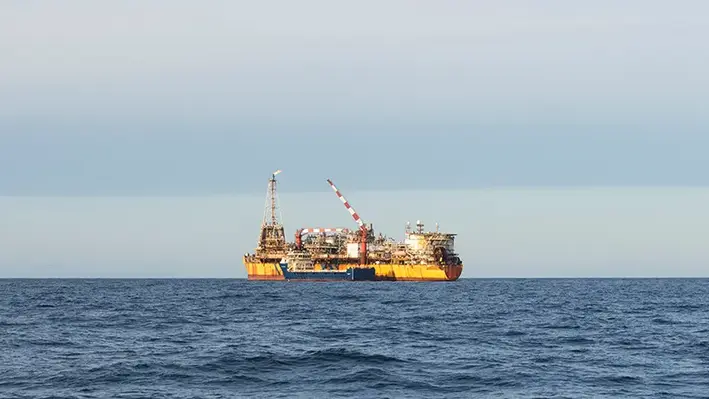
 The Agogo FPSO has generated first oil for the National Agency for Petroleum, Gas and Biofuels (ANPG) and Azule Energy, actualising the much anticipated Agogo Integrated West Hub project offshore Angola
The Agogo FPSO has generated first oil for the National Agency for Petroleum, Gas and Biofuels (ANPG) and Azule Energy, actualising the much anticipated Agogo Integrated West Hub project offshore Angola
This comes in less than three years since the Agogo IWH project began in February 2023, with a phased development approach. It involved appraising-driven process, de-risking the full field exploitation. With a well-coordinated effort to simultaneously manage activities across reservoir, engineering and procurement, the deepwater project is said to have been achieved in record time.
The Agogo project involves the development of two fields, Agogo and Ndungu, in the West Hub of Block 15/06. The Agogo IWH project operated by Azule Energy in Block 15/06, with a 36.84% stake alongside partners Sonangol E&P (36.84%) and Sinopec International (26.32%), is set to add substantial production to Angola's energy landscape. Together, the two fields have estimated reserves of approximately 450 million barrels, with projected peak production of 175,000 barrels per day, produced via two FPSOs (Agogo and Ngoma).
An ode to technological innovation and lower-emissions future, all topsides and marine systems of the Agogo FPSO are designed to be fully electric. Touted as a 'green' FPSO, it features a pilot carbon capture and utilisation/storage (CCUS) unit to recover remaining CO2 volumes. Additionally, the FPSO benefits from combined cycle power generation.
"This new milestone that we have recorded in the Agogo Project reinforces our certainty that we have made the right investment in technological innovation and the valourisation of Angola's natural resources, in an industry where it is essential to combine sustainability, efficiency and inclusion procedures. It is worth highlighting that this is an FPSO prepared to reduce carbon emissions, aligning with energy transition objectives. Furthermore, it demonstrates a strong investment in national human capital, with 80% of the workforce comprised of Angolans,' said the chairman of the Board of Directors of ANPG, Paulino Jerónimo.
"The startup of the Agogo IWH project, sanctioned just months after Azule Energy's formation, represents a defining moment for our company," said Adriano Mongini, CEO of Azule Energy. "It demonstrates not only our technical capabilities but also our firm commitment to supporting Angola's energy landscape. This achievement advances our production goals whilst showcasing our dedication to responsible energy practices through pioneering emission reduction initiatives. We are immensely proud to contribute to Angola's energy future and to set new standards for environmental responsibility in offshore operations."
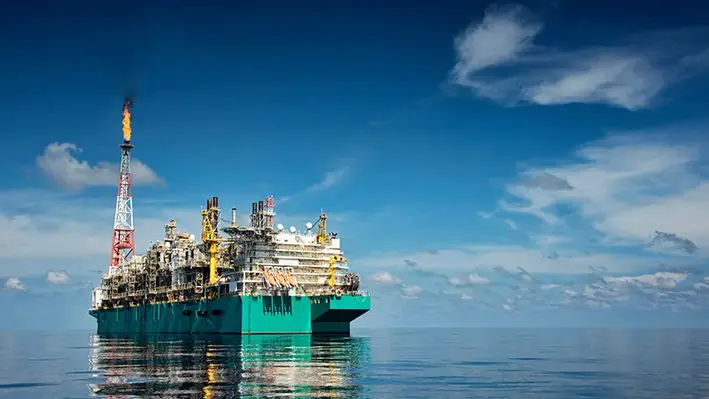
 The FLNG Gimi by Golar LNG Limited has reached commercial operations date (COD) for the 20-year lease and operate agreement with bp for the Greater Tortue Ahmeyim (GTA) project offshore Mauritania and Senegal
The FLNG Gimi by Golar LNG Limited has reached commercial operations date (COD) for the 20-year lease and operate agreement with bp for the Greater Tortue Ahmeyim (GTA) project offshore Mauritania and Senegal
This marks a significant milestone for the project partners, as LNG production volumes have successfully been ramped up to a level equivalent to the annual contracted volumes of approximately 2.4 million tonnes per annum (mtpa), or around 90% of nameplate capacity of 2.7mtpa.
The achievement of COD follows first LNG in February and the first LNG cargo in April. The second and third LNG cargo were exported in May and early June respectively and a fourth cargo is currently loading. The fifth cargo is expected at the start of the third quarter. With this expected cargo timing, Kosmos Energy forecasts 3.5 gross cargos in the second quarter.
Achieving COD and the recent ramp up in cargo lifting activity highlights continued strong cooperation between the project partners and Golar.

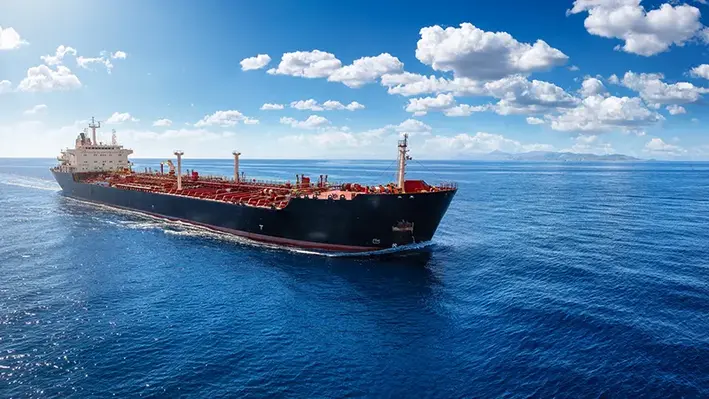 Independent oil and gas company, Perenco, has recently commissioned a floating LNG (FLNG) vessel to advance gas commercialisation offshore Gabon while also repurposing flared gas
Independent oil and gas company, Perenco, has recently commissioned a floating LNG (FLNG) vessel to advance gas commercialisation offshore Gabon while also repurposing flared gas
In line with Gabon's first large-scale gas development, this is a flagship project in the Cap Lopez LNG terminal that is set to come online in 2026.
The FLNG is currently undergoing construction in Dubai as it promises to reach a capacity of 700,000 tons of LNG and 25,000 tons of LPG anually, backed by storage infrastructure capable of holding 137,000 cu/m.
This US$2bn project is being supported by Perenco's affiliate Dixstone under a contract with engineering and construction company, Technomak, for the integration of the offshore FLNG barge.
The Cap Lopez project will significantly contribute to Perenco's natural gas strategy, while also serving as a means for energy diversification and larger economic growth of the country. It will also ensure energy security and industrialisation.
This development moves alongside Perenco's major optimisation project in the Republic of Congo as well. The company has initiated the construction of the Kombi 2 platform on the Kombi-Likalala-Libondo II permit. Amounting to more than US$200mn, the project will see new drilling phases, infrastructure upgrades and the optimisation of existing wells.
Click here to register for Offshore Network's international well intervention and decommissioning conferences.
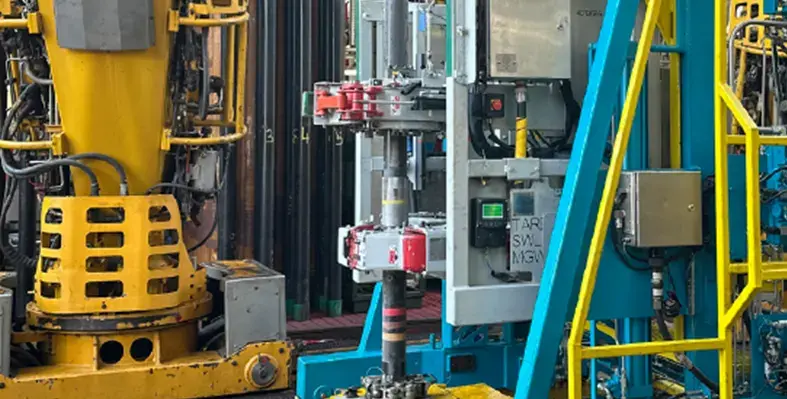
 As Eni advances exploration activities in the Baleine field offshore Cote d'Ivoire, it onboarded Expro for its autonomous iTONG system to ensure operational safety, efficiency, and sustainability
As Eni advances exploration activities in the Baleine field offshore Cote d'Ivoire, it onboarded Expro for its autonomous iTONG system to ensure operational safety, efficiency, and sustainability
The technologically advanced tong system has simplified the well construction process by eliminating considerable rig time and labour time, keeping personnel away from the hazardous Red Zone of the rig floor. Less rig time further brought down the net CO₂ emissions.
By automating the connection make-up and break-out of casing and tubing joints, iTONG provides precise torque control from the push of a single button - operated safely from the driller’s cabin - while enabling full connection make-up validation.
Expro secured the Tubular Running Services (TRS) contract aboard the Deep Value Driller (DVD) drillship, which arrived in Cote d'Ivoire in late 2023.
Jeremy Angelle, vice president of well construction, said, “Since its introduction to Norway four years ago, iTONG has been recognised by major operators as a top-tier solution for tubular connection make-up and validation.
“In this case, its performance has exceeded expectations, with a 50% reduction in make-up times. The vision and commitment demonstrated by both Eni and Expro in introducing this technology to Africa exemplify a shared dedication to safer, more efficient operations.”
Jeremy added, “iTONG continues to redefine industry standards, improving safety, efficiency, and cost-effectiveness for offshore operations worldwide. Thanks to cutting-edge systems like iTONG, our R&D teams are leading the TRS industry in enhancing safety, reducing emissions, and driving global cost savings.”
Click here to register for Offshore Network's international well intervention and decommissioning conferences.
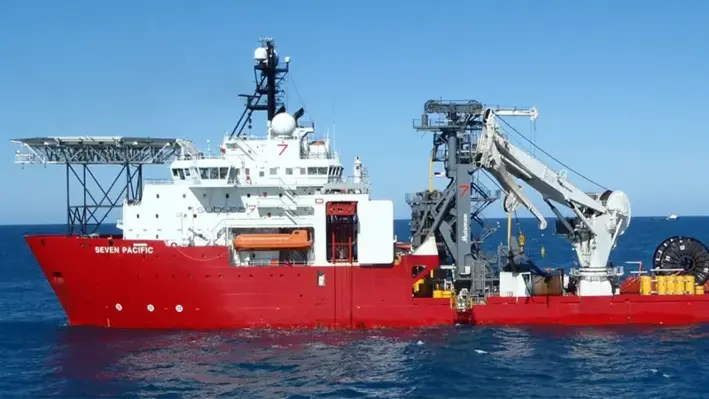
 Subsea 7 has received a subsea contract in West Africa
Subsea 7 has received a subsea contract in West Africa
This contract will see the company transporting and installing flexible pipelines, umbilicals, and associated subsea components for the connection of a floating production, storage and offloading (FPSO) vessel. It will also cover the pre-laying activities for an upcoming drilling campaign.
Project management and engineering work will begin immediately at Subsea7’s offices in Sutton, UK and Suresnes, France, and offshore activity is expected to start in 2026.
Jerome Perrin, Vice President Africa, Middle East, and Turkiye for Subsea7, said, “Our close and agile collaboration with our clients allows us to make possible cost-effective and reliable offshore solutions for their needs. We are pleased to be able to support this client in executing such a strategically important project in West Africa. ”
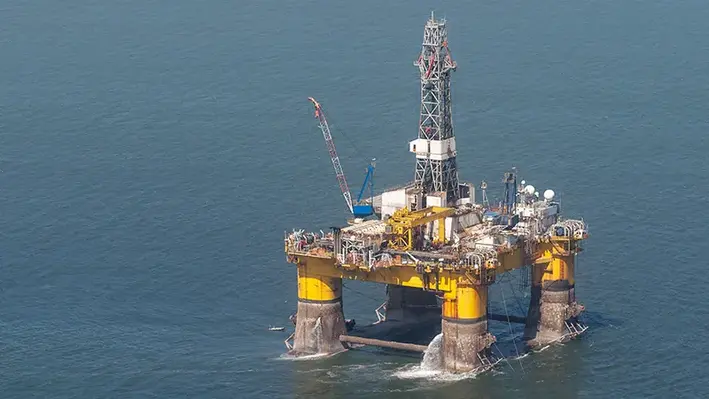
 Two exploration wells on Block 2914 that fall under the purview of Petroleum Exploration License (PEL) 85 offshore Namibia have now been delivered by Rhino Resources and Halliburton.
Two exploration wells on Block 2914 that fall under the purview of Petroleum Exploration License (PEL) 85 offshore Namibia have now been delivered by Rhino Resources and Halliburton.
Orchestrated from Halliburton's new operational bases in Walvis Bay, Swakopmund and Luderitz, the operation was made possible with world-class technology and local collaboration.
Antoine Berel, vice president, Halliburton sub-Saharan Africa, said, "This success is an example of what’s possible when world-class technology, local collaboration, and a shared long-term vision come together. Our newly established infrastructure across Namibia enabled this discovery, which will help unlock Namibia’s energy potential and build the capacity to support the country’s future as an energy hub in Africa."
As Namibia attracts international interest in its offshore basins, the success of this campaign sets a new standard for energy development in the region.
“At the onset of the drilling campaign, we communicated to our partners that Rhino’s exploration efforts in Namibia should simultaneously prove geological potential and deliver long-term benefits for the country. The discoveries on Block 2914 are a promising start to this journey, which will contribute to the foundation we are laying for Namibia’s burgeoning oil and gas industry — one built on knowledge and skills transfer, local capacity building and the upliftment of young Namibians,” said Travis Smithard, CEO of Rhino Resources.
The Rhino-Halliburton Technology Centre at the University of Namibia (UNAM) Southern Campus came into being in October last year to advance geoscience education and research nationwide.
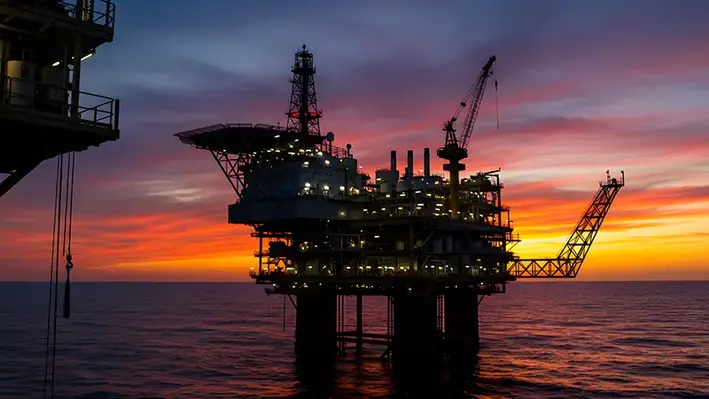
 Valaris Limited has been awarded a five-well contract offshore West Africa for drillship VALARIS DS-15
Valaris Limited has been awarded a five-well contract offshore West Africa for drillship VALARIS DS-15
The VALARIS DS-15 is equipped with BOP stacks that comprise 10,1000 psi annulars, seven ram and 15,000 psi blowout preventer (BOP) which are critical for well control.
The US$135mn-worth contract that will span nearly 250 days, is scheduled to commence in the third quarter 2026.
Including upfront payments for rig upgrades and mobilisation, the total contract value does not include the provision of additional services. There are priced options for up to five wells with an estimated total duration of 80 to 100 days.
President and chief executive officer Anton Dibowitz said, “We are excited to have secured another contract for one of our high-specification drillships. As part of this contract, the rig will be upgraded with an enhanced managed pressure drilling system. We believe this contract reflects the market’s preference for contractors that can deliver complex drilling solutions with high-specification, seventh generation drillships. In addition, this contract adds to our presence offshore West Africa, where we are well positioned for future contracting opportunities.”
Get more such insights by registering for Offshore Network's well intervention conferences. Click here.
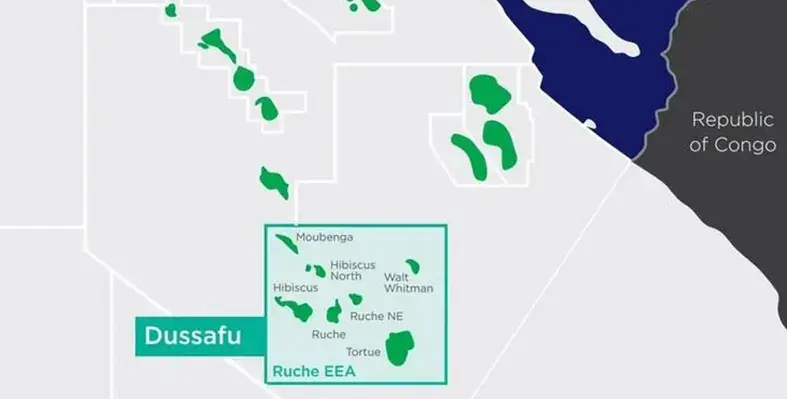
 Recoverable barrels of oil from a well in the Bourdon prospect in the Dussafu Licence offshore Gabon have successfully surpassed millions following drilling
Recoverable barrels of oil from a well in the Bourdon prospect in the Dussafu Licence offshore Gabon have successfully surpassed millions following drilling
The second sidetrack DBM-1 ST2 well that has been drilled by the Norve jack-up rig for BW Energy has revealed 56 million barrels oil estimates in place. Of these, approximately 25 million barrels are considered recoverable.
Confirming the substantial oil discovery with good reservoir and fluid quality, Carl K Arnet, CEO of BW Energy, said, “The appraisal well confirms the potential for establishing a new development cluster with a production facility following the MaBoMo blueprint. We expect at least four producing wells.”
“We continue to successfully expand the Dussafu reserve base which, together with multiple additional prospects yet to be drilled, will support long-term production and value-creation in Gabon.”
Initial data shows that oil from Bourdon field has the lowest viscosity of the Dussafu discoveries measuring an average of 3.5 centipoise (cp), compared to 5 cp and 7 cp for the Hibiscus / Tortue and Ruche fields, respectively.
Evaluation of logging data and formation pressure measurements confirm approximately 11.2 metres of pay in an overall hydrocarbon column of 35.2 metres in the Gamba formation, drilled to a depth of 4,731 metres.
Bourdon is located approximately 15 kilometres west of FPSO BW Adolo and 7.5 kilometres southeast of the MaBoMo facility. The discovery will enable the Company to book additional reserves not included in its 2024 Statement of Reserves.
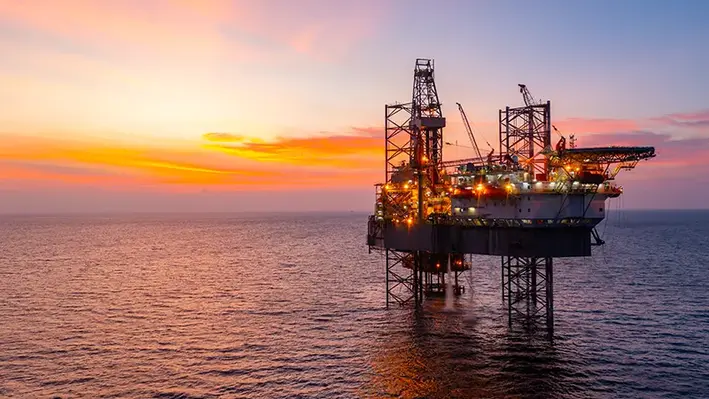
 A well engineer from Slb recently demonstrated the tackling of injectivity issues on an offshore well during the Society of Petroleum Engineers’ (SPE) Nigeria Annual International Conference and Exhibition.
A well engineer from Slb recently demonstrated the tackling of injectivity issues on an offshore well during the Society of Petroleum Engineers’ (SPE) Nigeria Annual International Conference and Exhibition.
Characterised by high-permeability and unconsolidated sands in a prolific turbidite reservoir, pressure maintenance at the AX field were initially conducted by deviated frac-pack injectors which fell short in keeping issues such as fines migration and other formation damage mechanisms in check.
To address this issue, horizontal injectors were chosen, offering larger flow areas and lower velocities to mitigate sand production risks. This, however, did not turn out enough for the AX9 well, as water injectivity level still remained markedly low. It required proactive intervention to curb formation damage while ensuring long-term well integrity. Advanced surveillance techniques, including Hall plot analysis, were deployed to confirm that injectivity decline was caused by internal formation damage rather than wellbore restrictions. Mineralogical analysis revealed the presence of fines-prone clays such as Smectite, Illite, and Kaolinite, which contributed to plugging and injectivity impairment.
This gave birth to a stimulation strategy tailored to AX9’s specific reservoir characteristics. Early intervention was initiated while the well was still operating in matrix mode, ensuring maximum benefit from the stimulation process. In line with the AX9 formation, a matrix acid stimulation plan was developed utilising a nitrified mud acid system with continuous foam diversion. The metculous preparation of critical components were involved from high-pressure nitrogen units and fluid pumps to IWOCS systems, among others.
The nitrogen foaming-supported treatment sequence involved multiple stages, including ammonium chloride pre-flushes, acid pre-flushes, a main stage of 13.5:1.5 mud acid, and post-flushes. This made sure even acid distribution and effective fines removal.
Post-treatment the injection rate improved to 43 kbwpd, with a substantial pressure drop of 21% and the injectivity index rose from 20 to more than 80-100 bpd/psi. Besides the improved injection rates, the treatment helped boost production by an additional 5,000 barrels per day approximately.
Page 1 of 8
Copyright © 2025 Offshore Network